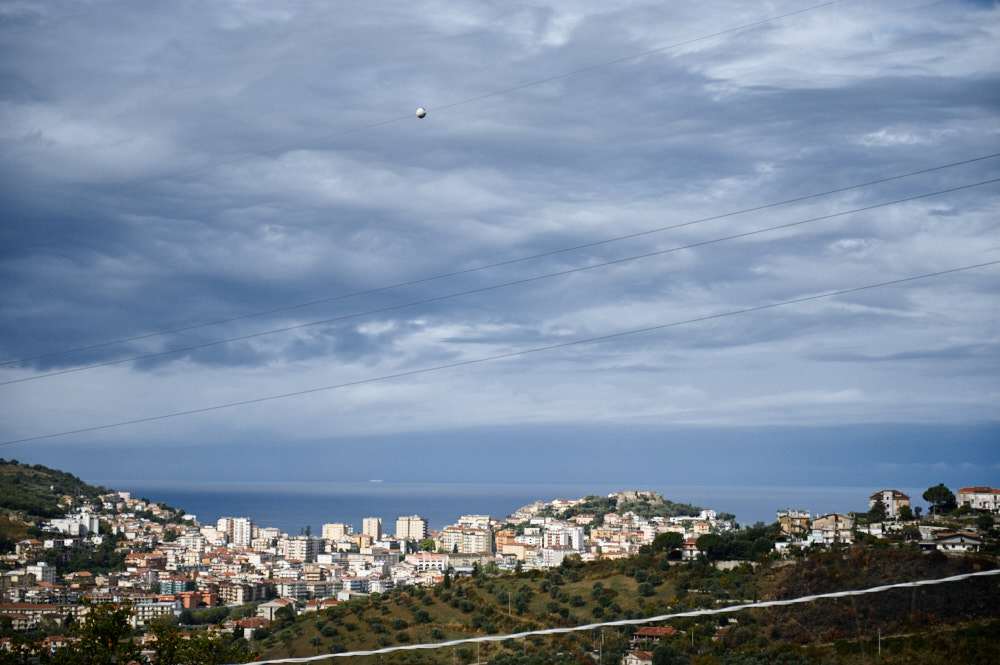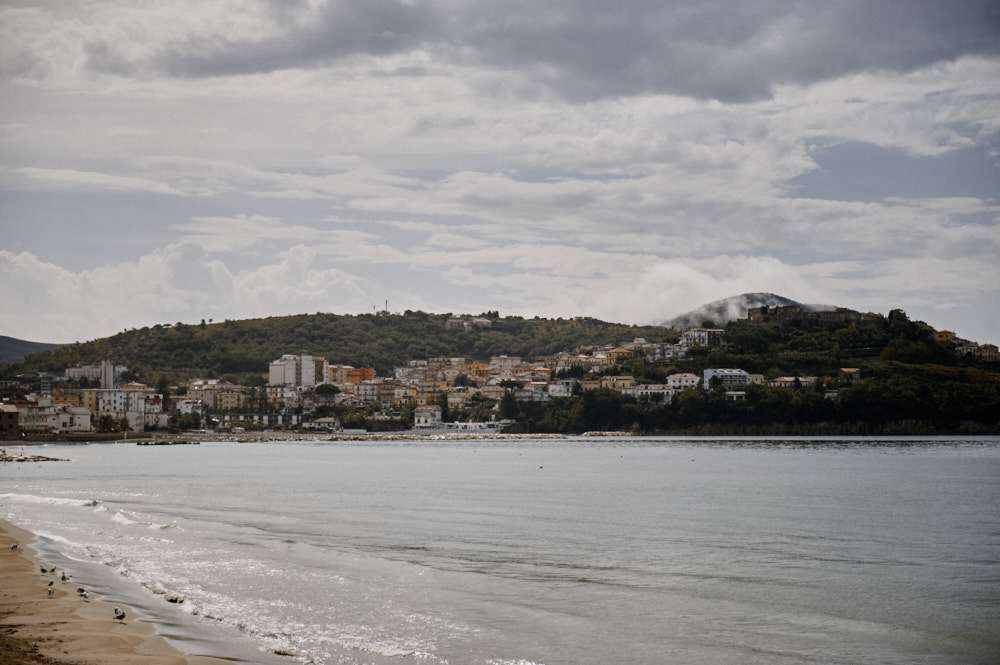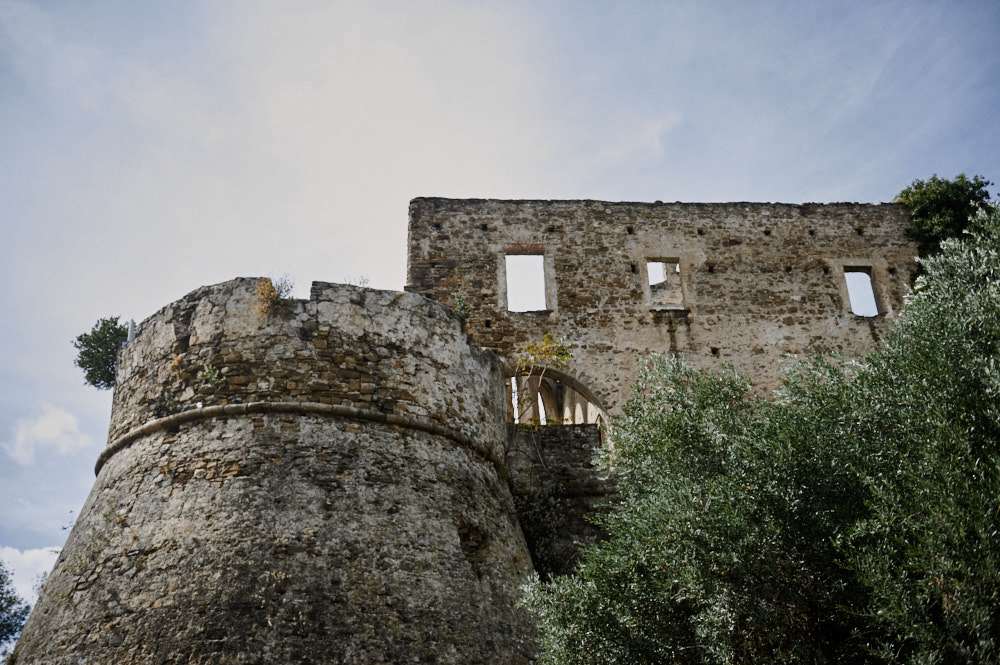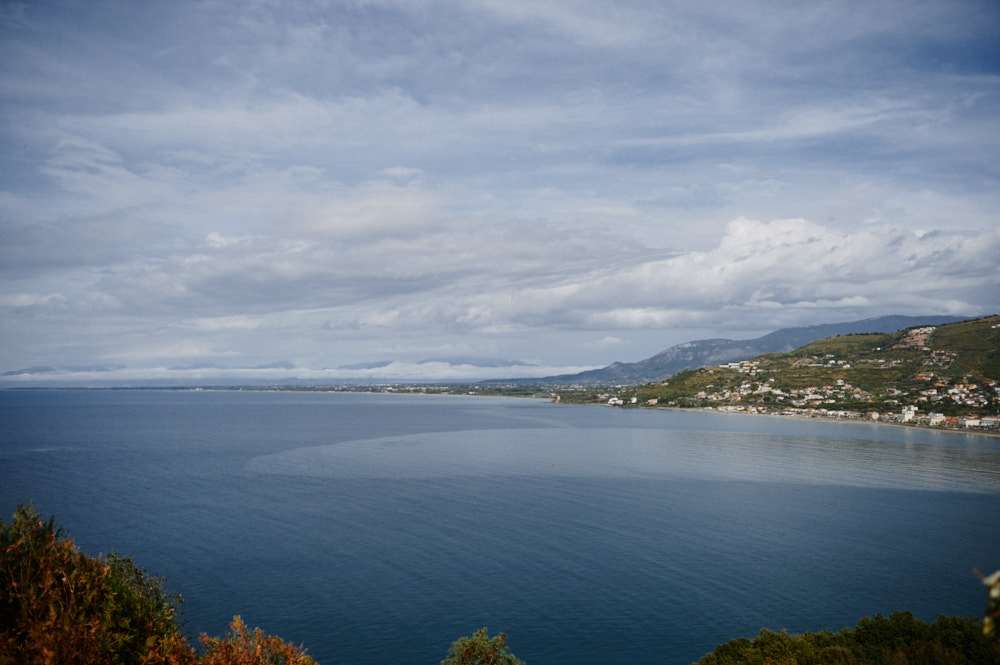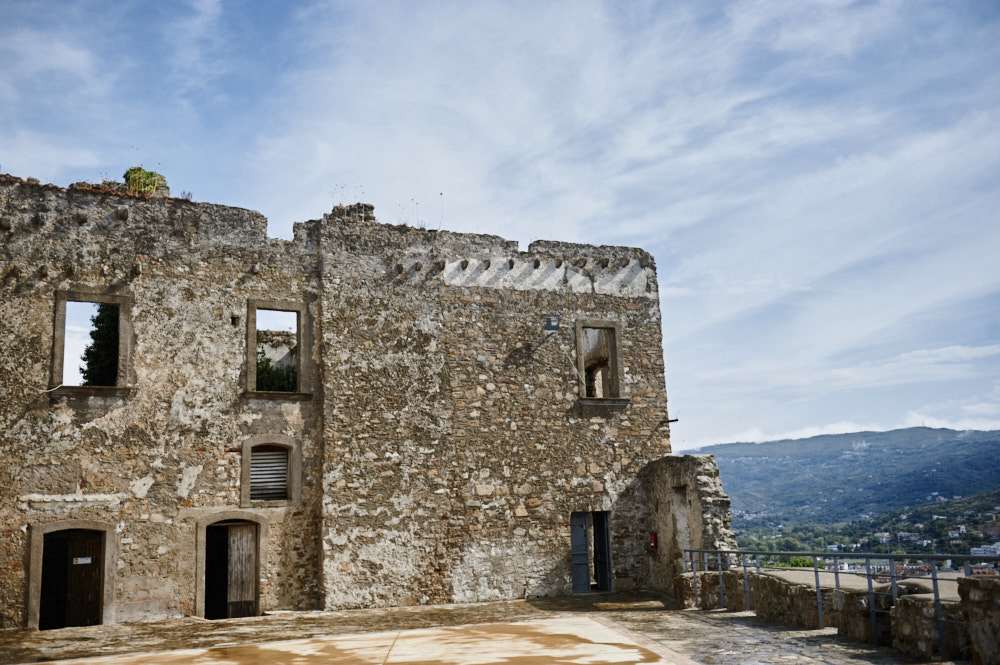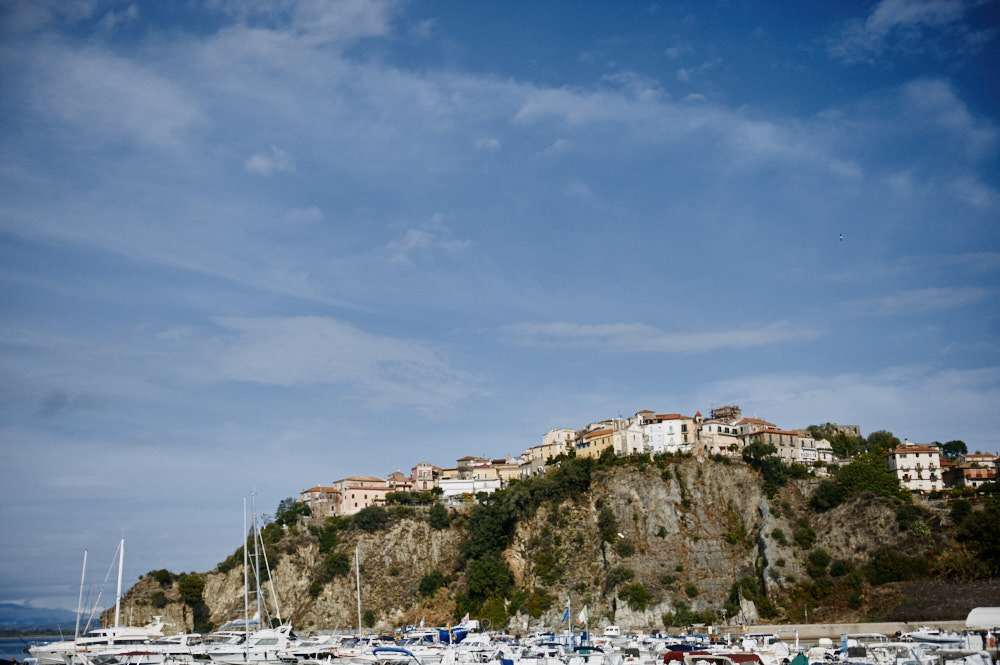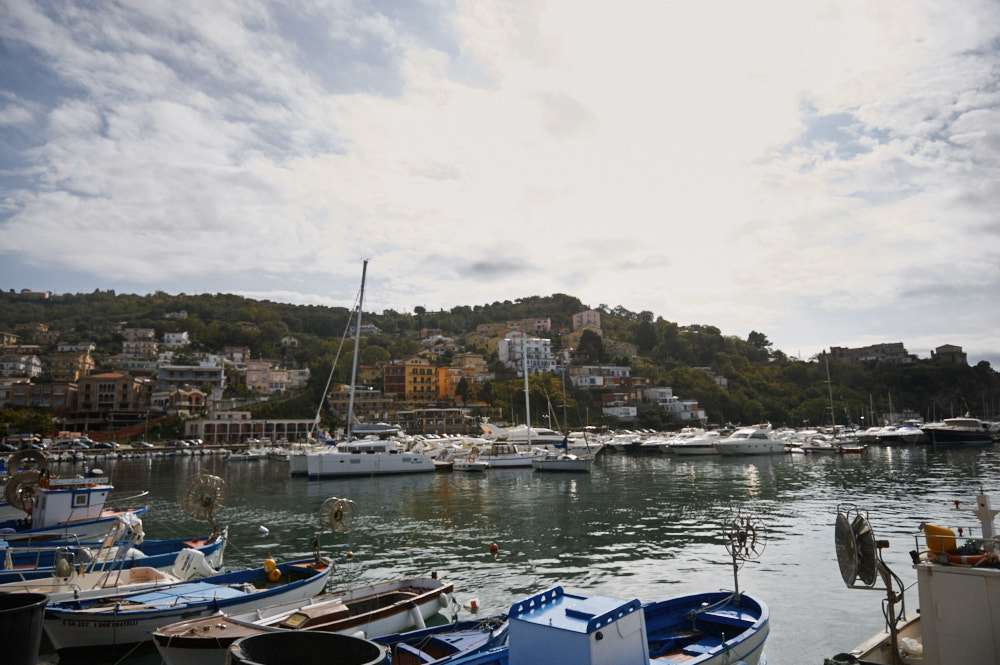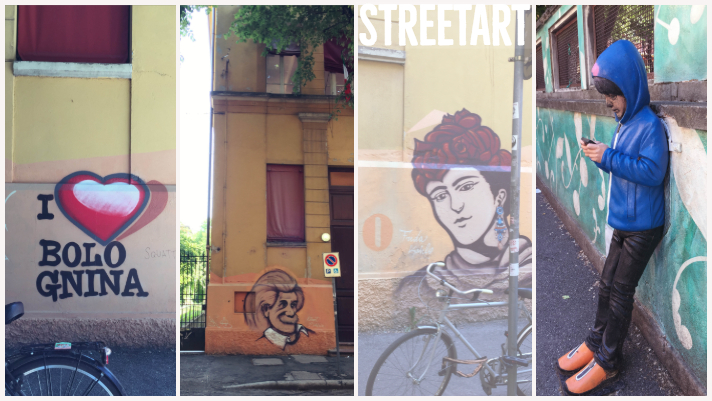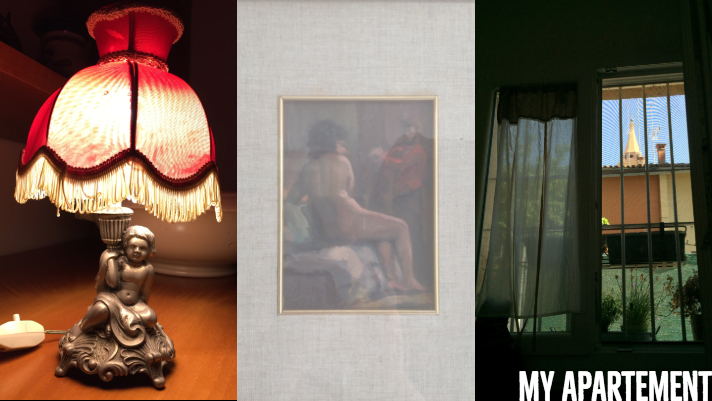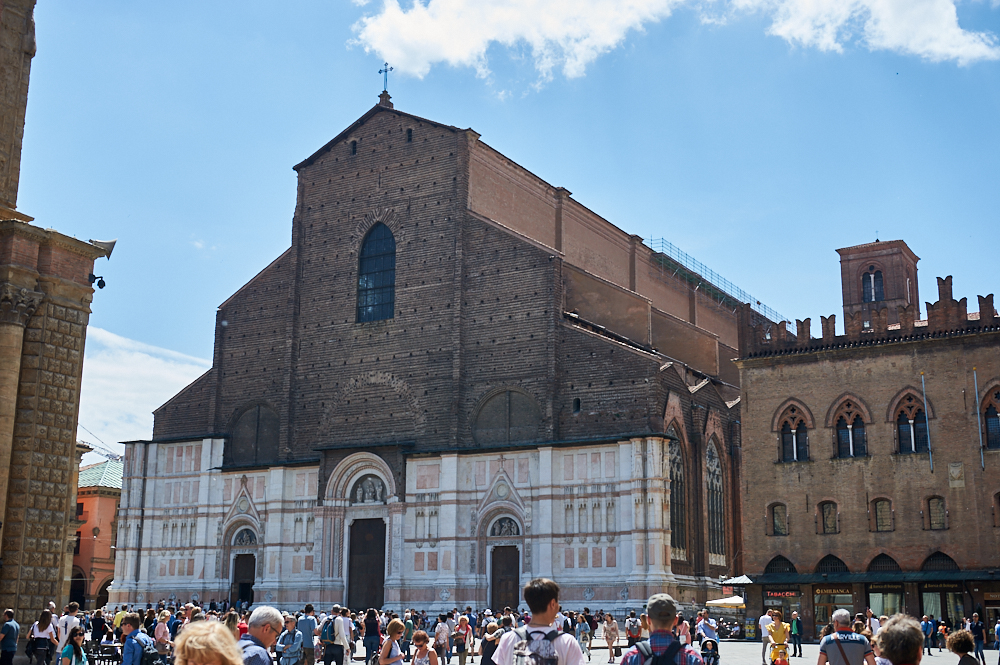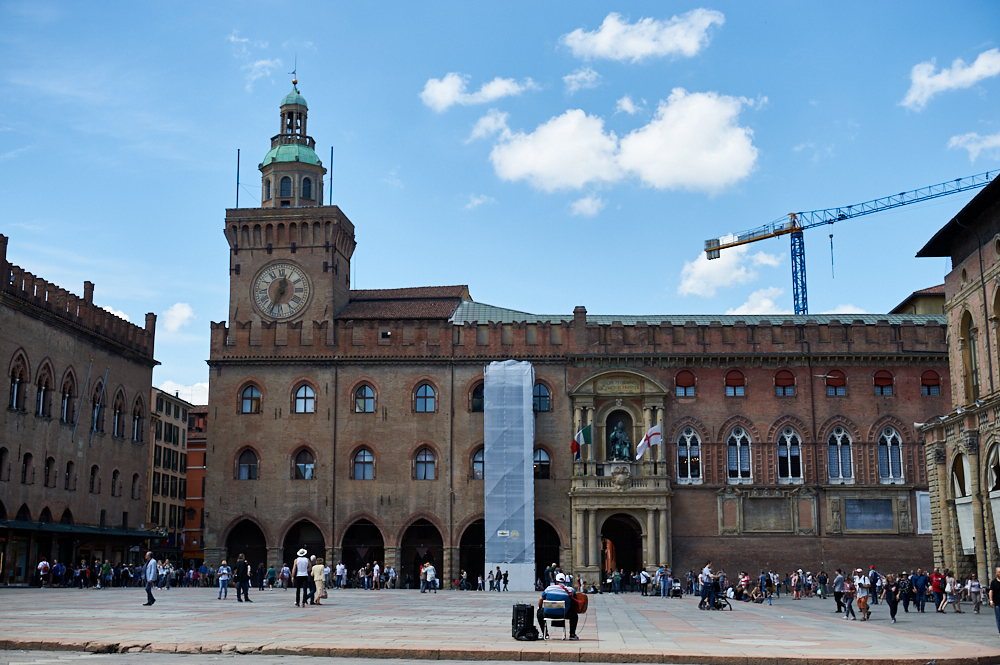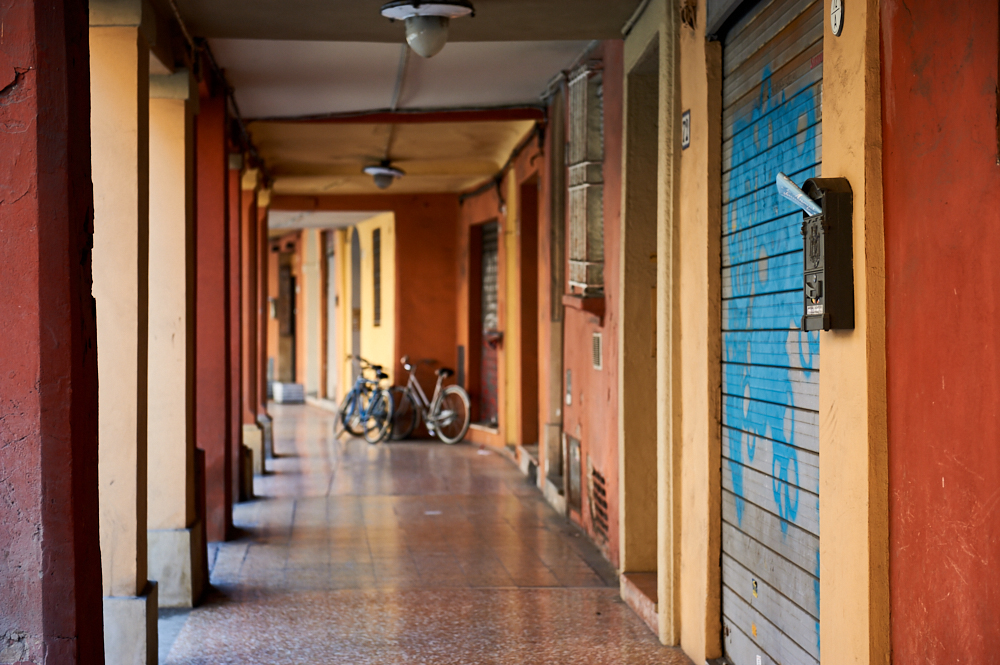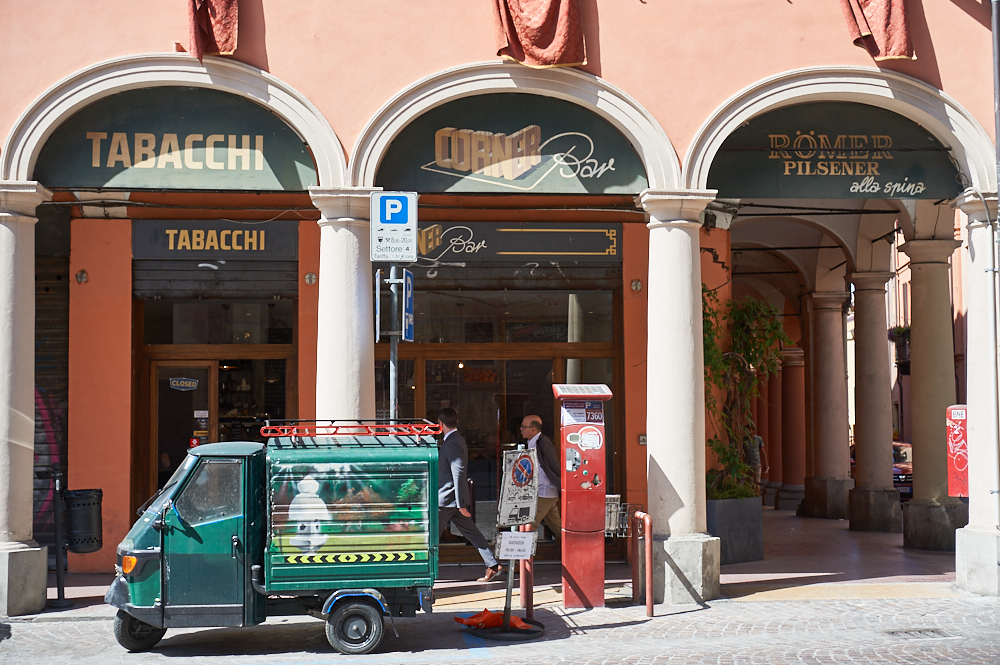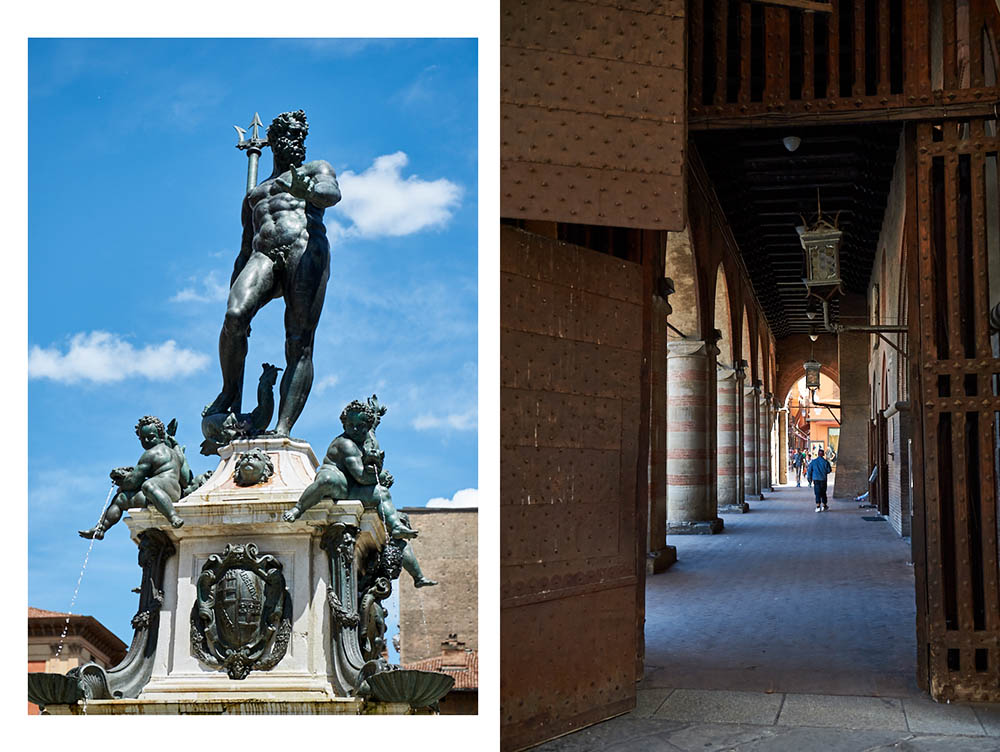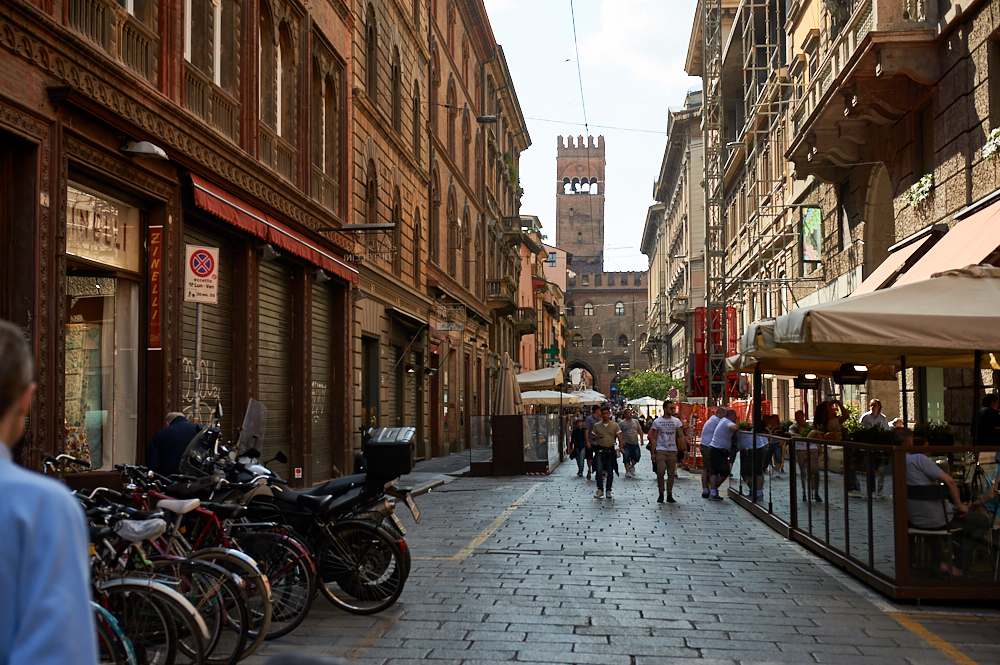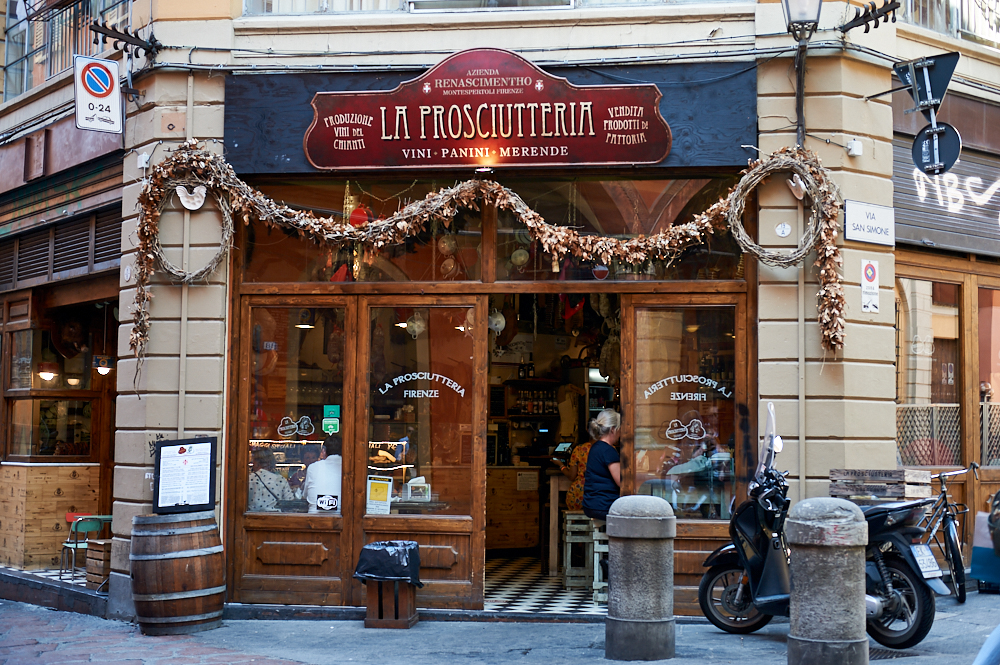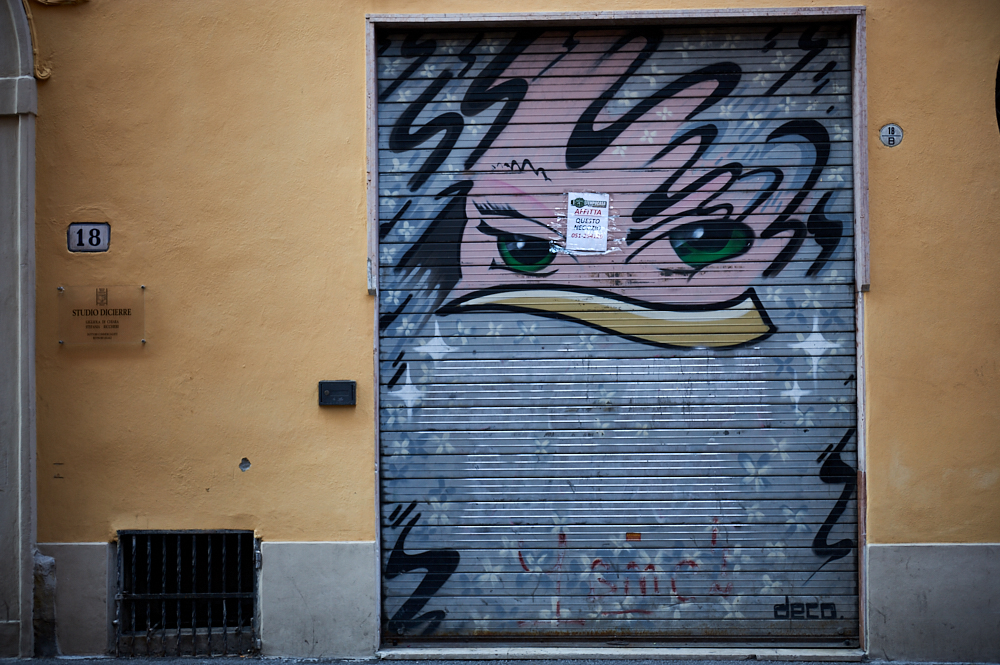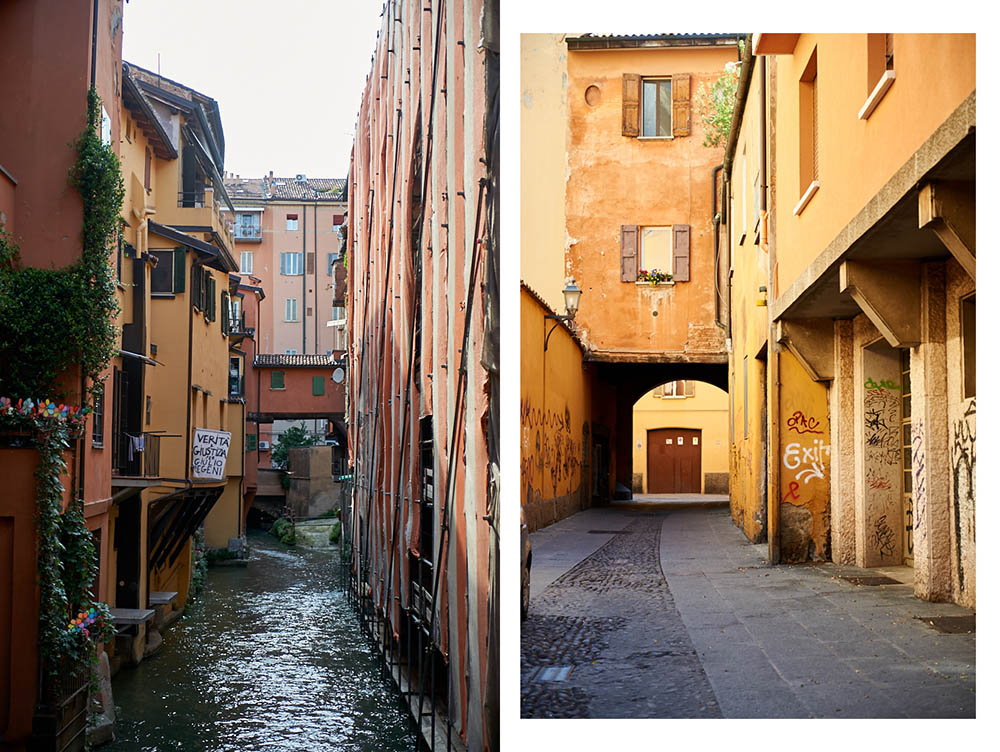T-17 days until my adventure in Northern-England and Scotland and I just realized there are quite a few posts missing from my road trip around Southern Italy two years ago. Perfect timing to write them now!
After cruising around Puglia and Basilicata Agropoli was my last stop before the Amalfi Coast. And I spent those two days in one of the best Airbnb apartments ever! Cosy, a beautiful shower, amazing views, recycling (!) and cute gecko neighbours.
Agropoli is situated in the province of Salerno, in Campangia, right on the Cilentan Coast. It´s only a short drive to Paestum and the perfect base to explore Cilento´s coastline and the national park.
And it´s also a lovely town, that must be quite busy in the summer! Inhabited since Neolithic times Agropoli lies nearby Poseidonia (c. 625 BC) and had a lively trade between the local hunters & fishermen and the Greeks.
During the Greco-Gothic war (6th century) the Byzantines needed a secure and protected harbour south of Salerno, so they fortified it, and called it Acropolis, meaning “high town”.
The Angevin-Aragonese castle was built on Byzantine foundations and stands on top of the hill (rock) – it offers great views over the surrounding areas and the sea!
It´s a lovely walk strolling around the Old Town, narrow cobbled streets with old churches and so vibrant.
The old town is seen from below, the coast. At Greek times there used to be a temple on top of the rocks – on the site of today’s castle.
